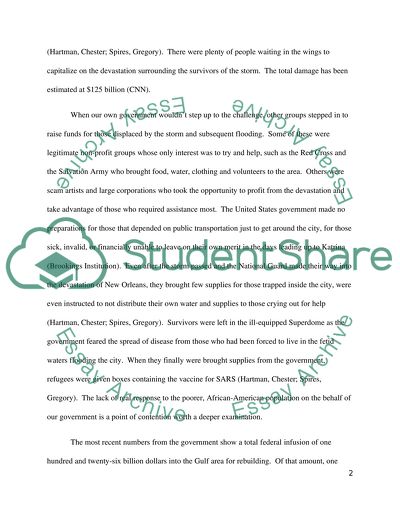Cite this document
(“Hurricane Katrina and African-American Society Essay”, n.d.)
Hurricane Katrina and African-American Society Essay. Retrieved from https://studentshare.org/miscellaneous/1526009-hurricane-katrina-and-african-american-society
Hurricane Katrina and African-American Society Essay. Retrieved from https://studentshare.org/miscellaneous/1526009-hurricane-katrina-and-african-american-society
(Hurricane Katrina and African-American Society Essay)
Hurricane Katrina and African-American Society Essay. https://studentshare.org/miscellaneous/1526009-hurricane-katrina-and-african-american-society.
Hurricane Katrina and African-American Society Essay. https://studentshare.org/miscellaneous/1526009-hurricane-katrina-and-african-american-society.
“Hurricane Katrina and African-American Society Essay”, n.d. https://studentshare.org/miscellaneous/1526009-hurricane-katrina-and-african-american-society.


